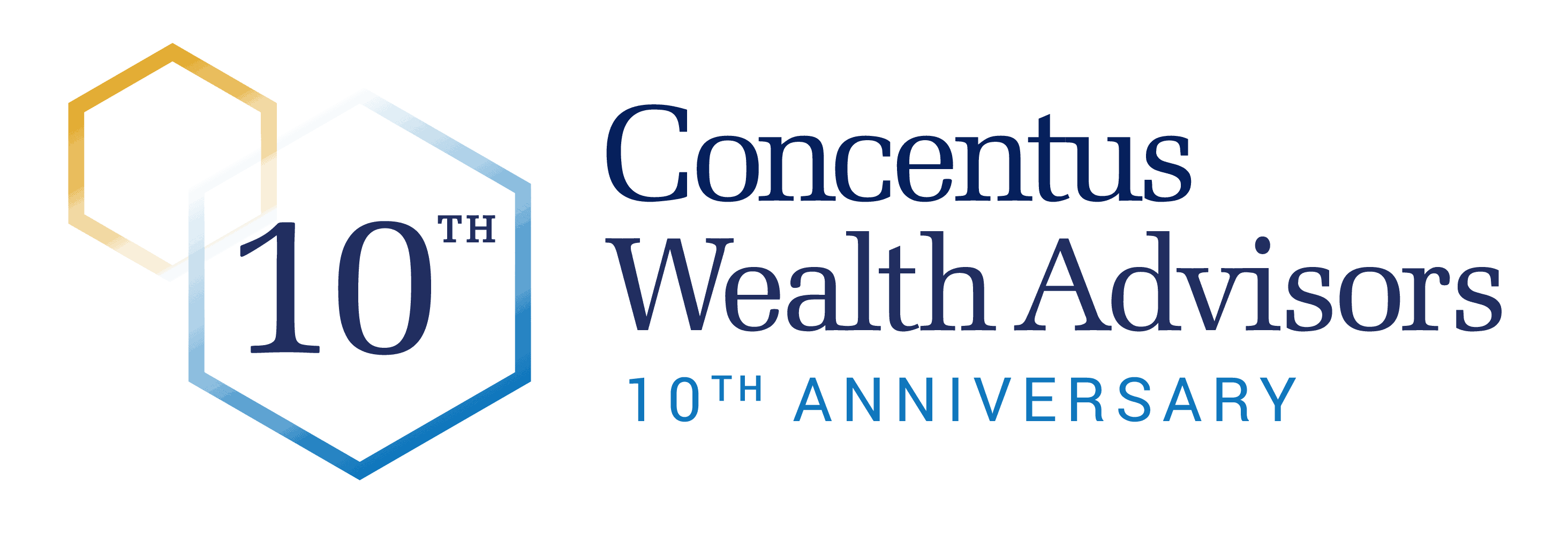“As investors, we have no control over the uncertainty; we can and should have perfect control over how we respond to it.”
-Nick Murray
In last month’s article, we explored the value of keeping things simple in our investing efforts. This month, we reflect on March Madness in the markets.
March Madness
This month we celebrate the arrival of the best sporting event of the year, the NCAA college basketball tournament. Regardless of how much you feel about college basketball, it’s difficult for anyone to watch even one afternoon of games and not be swept up in the emotional rollercoaster that accompanies March Madness every year.
In recent years, March has also produced an emotional rollercoaster for investors in the global equity markets.
This month we celebrate not one but two of the most spectacular equity market panic bottoms of the modern age. The first took place in March 2009 — at the bottom of a 57% drawdown in the S&P 500, the largest since the 1930s — when it started to become clear that financial regulators were taking action to solve many of the key problems which had precipitated a death spiral among financial institutions during 2008. On March 9, 2009, the S&P 500 Index closed at 676.53.
The second panic low occurred in March 2020, when the Federal Reserve let it be known in very clear terms that there would be no dollar limit to its willingness to support an economy that had been, for all intents and purposes, shut down in response to the COVID-19 pandemic. At the bottom of a 33-day, 34% market rout, the Index closed on March 23, 2020, at 2,237.40. The fact that the latter of these epic bottoms occurred with the Index more than three times higher than it was at the former should give you a clue as to where this little essay is going.
As I write on March 9, 2022 — with war fears enveloping the globe, to the point where one major strategist is citing the increased possibility of a “polar vortex for the economy and earnings” — the S&P 500 is trading around 4,300, which means that in the 13 years since the first of the two panic lows under discussion, the Index has gone up well over six times and has provided an average annual compound rate of total return of about 17%.
In the 24 months since the bottom of the “Corona Crash,” the Index has close to doubled — even with current distressed levels — and has generated an average annual compound return of 34%.
War and the Stock Market
This brings us to the present day, the 13th anniversary of the crescendo of global panic that marked the bottom of the bear market of 2007-09 and the 2nd anniversary of the Corona Crash. It’s ironic that the world has elected to celebrate these iconic anniversaries with – you guessed it – another global panic attack. With March 10th’s closing level of 4,223, the S&P 500 was down almost 12% from its all-time high, recorded on January 3, 2022.
As you may recall from our annual reminder about doing “Lifeboat Drills,” declines of this magnitude are relatively common occurrences and happen on average once a year historically. Since 1980, the average annual drawdown for the S&P 500, from a peak to a trough, has been close to 14%. However, this decline is noteworthy, not so much for its depth but for the significant level of fear and uncertainty that accompanies it.
The causes of this particular decline have been (a) The invasion by Putin’s Russian forces of Ukraine, (b) the economic impact of that invasion, which is equally unknown, and (c) the onset of major inflation, which has been made worse by dynamics in the oil market resulting from Putin’s invasion.
Of course, it is difficult to express in words the horror we are all feeling for the human suffering and loss of life caused by this savage attack on Ukraine. It is incredibly heart-wrenching to turn on the nightly news and endure the images of this human devastation. However, this essay is about how these horrible events should (or should not) influence our investment decisions. We learned a long time ago the importance of separating our emotions about the most disturbing world events from our actions as investors.
From an investing perspective, the common thread here is unknowability: we simply don’t know where, when, or how these phenomena will play out. Although we have all seen plenty of pundits and political analysts on TV try to do so, it is quite impossible to get inside the head of a man like Putin and predict what he might do next. This unpredictability makes investing during times like this tricky because, in our experience, the thing in this world that markets hate and fear the most is uncertainty.
As investors, we have no control over uncertainty; however, we can and should have perfect control over how we respond to it. Or, ideally, how we don’t respond. Because the last thing in the world that long-term, goal-focused investors like us do when the whole world is selling is panic and sell like everyone else. Indeed, we have written extensively in the past about the futility of trying to trade in and out of equities based on the vicissitudes of current events, especially during times as uncertain as these.
History is loaded with examples of moments of fear and uncertainty brought on by some geopolitical “exogenous variable” that tempted investors to fall prey and sell. Recent evidence of this was two years ago when scores of investors streamed for the equity market exits in fear of the impact of Coronavirus. With the S&P 500 standing some 100% higher today than it was back in March of 2020, the investors who sold then will never catch up.
In the end, we encourage our valued clients to have faith and remain optimistic. We have no idea how or when, but as bad as this invasion is, and as hard it is to watch the human misery on TV, this too shall pass. And when it does, we expect the equity market to continue doing what it has done through all of the other horrible wars in our history.

When Opportunity Knocks
Each January, we publish our annual reminder that this could be the year the markets experience the next significant “Bear Market” and that smart investors are wise always to be prepared for market volatility. You can find this essay here.
In this annual update, we always include the following thought:
Before we leave the topic of volatility, it is also important to point out a transformative insight that can be drawn from truly understanding this data, and which can allow the investor to use market declines as opportunities to remain confident, while everyone else around us is screaming in terror and uncertainty.
When we understand and come to peace with this data, we can begin to embrace equity volatility as a positive phenomenon and the reason for the premium return from equities. The term “volatility” refers to the equity market’s relatively large and unpredictable movements, both above and below its permanent uptrend line. Equities can, and frequently are, up over 20% one year and down 20% the next, and vice versa. However, if we believe that the long-run returns of equities will approximate the past return, we begin to understand that these periods of downside volatility must likewise at some point be corrected by a period of upside volatility, greater than the long-term average of roughly 10% per year.
The premium returns of equities are, therefore, the efficient market’s way of pricing inadequate compensation for tolerating such unpredictability. Volatility is the reason equity investors are rewarded over time with premium returns, as long as we have the emotional strength to live through it. For the wise and patient investor, it also provides a unique opportunity to accumulate more equities during a time when prices are temporarily depressed … kind of like a “Big Sale.”
Despite this recent market volatility, we find it difficult to be long-term pessimists about equities at a time when the yield received from a 30-year Treasury Bond is 2.3%, and the current rate of inflation is hovering somewhere around 7%. An investor in bonds today stands no chance of maintaining the purchasing power of her wealth, and as more investors come to grasp this fact, more capital is likely to flow into equities. In contrast, the current dividend yield paid by the S&P 500 (not counting price appreciation) stands at 1.41% and has grown, as depicted in the chart below. Indeed, no bond portfolio can fight inflation like this:

For an investor with a reasonable investment time horizon of 5 years or longer, it is very difficult to consider these relationships with anything but bullishness.
Back in March 2020, when the S&P 500 was amid a 34% decline in a single month, our office issued an “Opportunity Alert,” in which we strongly recommended that you find a few extra dollars from your savings, or accelerate your retirement plan contributions, to devote more capital to invest in equities while stocks were so severely discounted in price. Of course, the current decline in equities is not producing quite the same level of opportunity as that episode did. Still, we may be hearing the faint sound of opportunity beginning to knock at our door.

